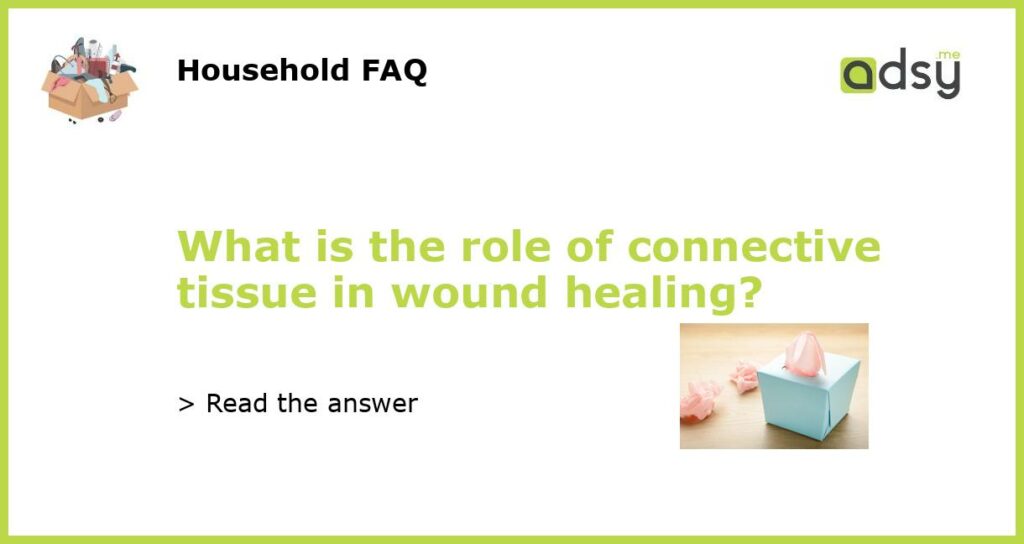Role of Connective Tissue in Wound Healing
Connective tissue plays a crucial role in the process of wound healing. It is responsible for providing support and structure to the body, as well as serving as a medium for the transport of nutrients and waste products. In the context of wound healing, connective tissue is involved in different stages, including inflammation, proliferation, and remodeling. Let’s explore each of these stages and understand how connective tissue contributes to the overall process of wound healing.
Inflammation Stage: The First Line of Defense
During the initial response to a wound, connective tissue plays a significant role in the inflammatory stage. When an injury occurs, blood vessels in the affected area constrict to minimize bleeding. Subsequently, growth factors and chemical mediators are released to attract immune cells and white blood cells to the wound site. This response prompts the dilation of blood vessels, allowing more blood and nutrients to reach the site of injury. Connective tissue acts as a scaffold for these cells to migrate to the wound, creating a protective barrier against the entry of foreign pathogens.
Proliferation Stage: Restoring Tissue Integrity
As the inflammation stage progresses, connective tissue starts to proliferate and produce new cells necessary for wound healing. Fibroblasts, specialized cells within the connective tissue, begin to synthesize collagen, a protein essential for wound repair. Collagen provides strength and support to the healing wound, helping to fill in any gaps or discontinuities in the tissue. Additionally, connective tissue cells secrete growth factors and cytokines, which stimulate the formation of new blood vessels and promote cell migration. This angiogenesis ensures an adequate blood supply to the wound area, facilitating the delivery of oxygen and nutrients.
Remodeling Stage: Restoring Tissue Function
During the remodeling stage, connective tissue undergoes further changes to restore tissue function and integrity. The excess collagen produced during the proliferation stage is gradually broken down and reorganized to align with the surrounding tissue. This process, called maturation, results in the final remodeling of the wound and the restoration of its tensile strength. Although the remodeled tissue will never fully regain its original strength, the connective tissue plays a vital role in minimizing scar formation and optimizing wound healing.
Importance of Proper Connective Tissue Function
Optimal functioning of connective tissue is essential for effective wound healing. Any disruptions in the structure or composition of the connective tissue can impede the healing process and lead to complications. For example, individuals with certain connective tissue disorders, such as Ehlers-Danlos syndrome or Marfan syndrome, may experience delayed wound healing and increased risk of scarring. Conversely, conditions that accelerate connective tissue production, such as keloids or hypertrophic scars, can result in excessive scarring and impaired tissue function.
Connective tissue plays a critical role in all stages of wound healing, from inflammation to proliferation and remodeling. Its ability to provide support, produce collagen, and stimulate angiogenesis ensures an optimal environment for tissue repair. Understanding the importance of connective tissue in wound healing can help researchers develop novel therapies and interventions to enhance the healing process and minimize scar formation.






